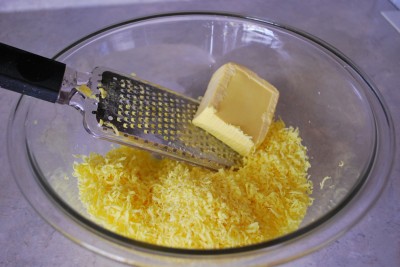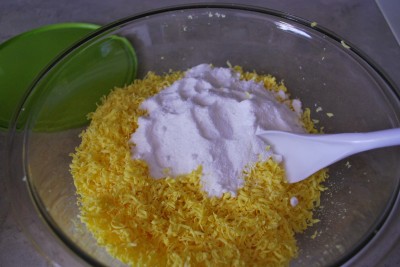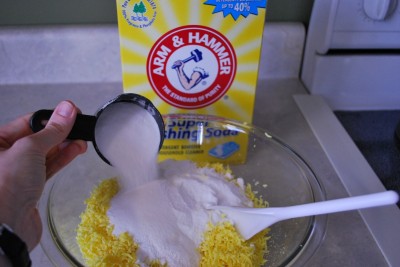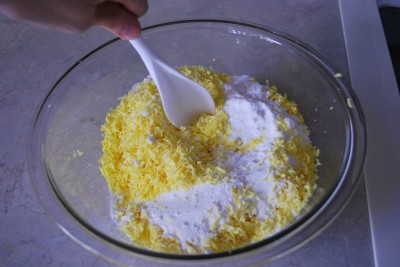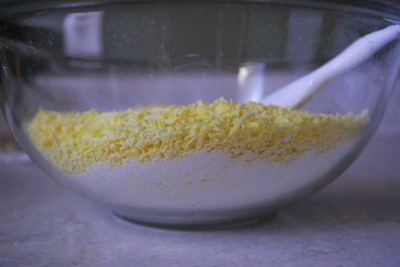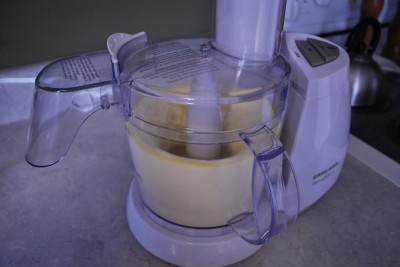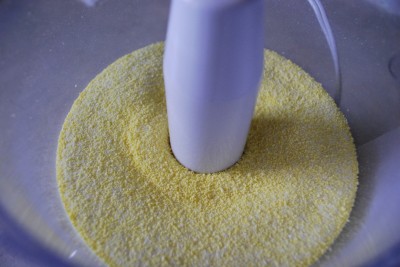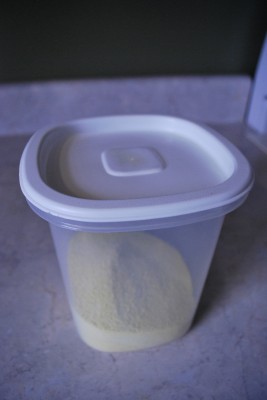Yesterday, Stacy, our guest from Stacy Makes Cents, shared with us her favorite Powdered Laundry Soap Recipe. This is the one she uses most becuase it is so easy and mess free to store. But I know many of you interested in liquid laundry soap since it is already dissolved completely. Stacy is back with us today to share her favorite Liquid Laundry Soap recipe.
Homemade Liquid Laundry Detergent

Meet Ruth and Rebecca. They’re expert laundry soap makers. Why are you seeing their photo? Well, because I tried making some laundry soap at home and it was a total dud. I mean, it was the duddiest of the duds. I got mad. This should be something I can do, right? Well, my soap chunked up and became almost un-stirrable. It was sad. I was sad. I was mostly mad though. I hate when I mess something up. So, I contacted Rebecca because I knew she made her own laundry detergent with her mom. I asked if I could come over and take photos to find out what I was doing wrong. Well, I wasn’t adding the same amounts of stuff that they were. Turns out that not everything you read on the internet is true. GASP! Sorry Al Gore. So, here is the story of the soap – the right way.
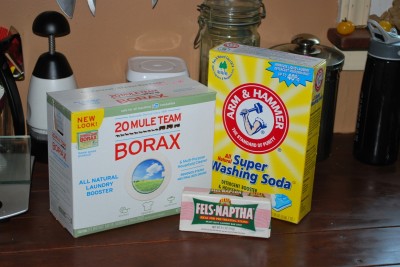
You need the same things to make this stuff as for the dry version, but you’ll add water…..lots and lots of water. You’re going to boil water like you’re having a baby folks. The amounts that I’m going to give you here are for half of a 5 gallon bucket – or 2 ½ gallons. Yes, I graduated college with a math degree – not.
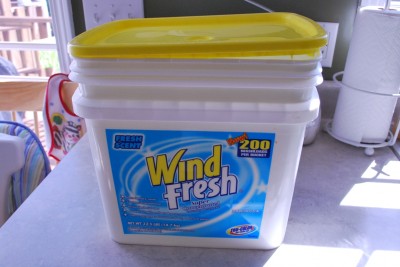
Where does one get a 5 gallon bucket? I’m sure you can buy one at Lowe’s, but maybe you have one just collecting dust somewhere in your garage – or maybe you in-laws have one gathering dust in their garage. Don’t go out and buy one until you ask around for a free one. You can even call restaurants and ask them if you can have their empty pickle bucket…..or maybe you can ask them to donate a few pickles too. I love pickles. Ruth used a big, white bucket with a nice handle – I use this jobber. I got it from Sam’s when I was buying this laundry detergent. That was before mom and I both determined that it was making our washer smell funny. Guess there was a reason it was so cheap.
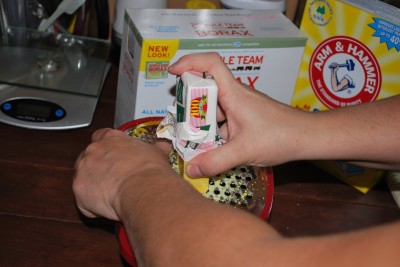
So, you need to grate your soap. About half a bar. It’s going to make your house smell really pretty. I feel pretty, oh so pretty! Oh, and try not to grate your knuckles like me. We don’t want bloody laundry detergent. Doesn’t Rebecca have nice hands? She should be a hand model.
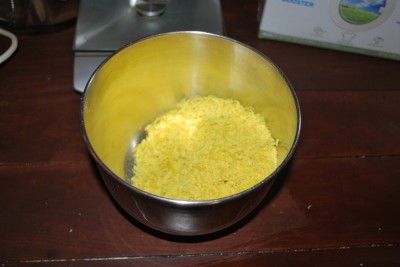
Here it is all done. It looks like yellow snow. Yikes. You know what they say about that. Don’t eat it!!!!
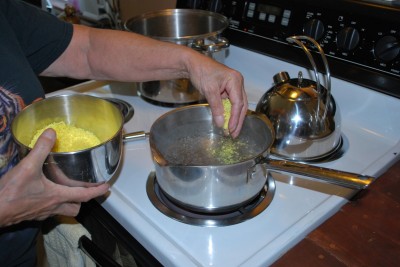
Now, you should have some hot water almost boiling on the stove. I guess I should have told you that earlier. Oops! Add your grated soap to the water a little at a time and stir well.

Now, this is important….listen up! Bring the mixture to a boil and stir until the soap is all melted. I didn’t do this part, so maybe that was part of my issue. You need the soap totally melted. Mine never got that way because I didn’t boil it. I just let it warm over low heat. Thanks for the tip, Ruth!
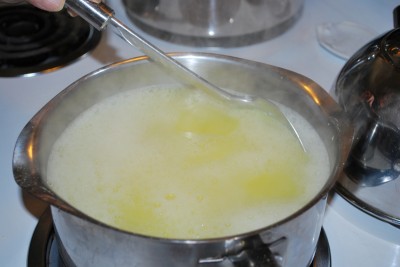
Here is it melted. It will look like yellow Kool-Aid. But please don’t drink it – unless you have a dirty mouth. Keep stirring and boiling until it’s all melted and no little clumps remain.
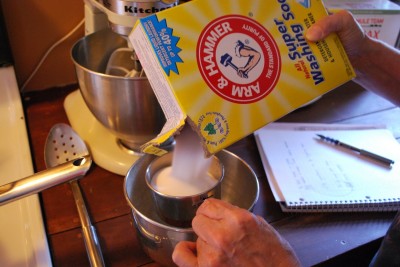
Grab a smallish bowl and add one cup of Washing Soda. Like I said yesterday, you can find this stuff at Food City and Kroger. If you know of somewhere else to find it, please let us know!
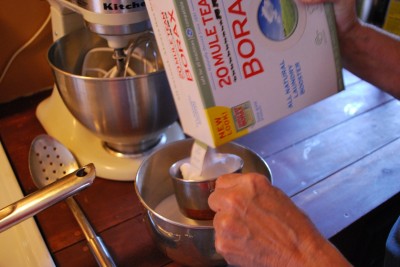
Now, add a cup of Borax to the Washing Soda. Mix well. If you have clumps of Borax, just use your hand to break them up. For some reason my Borax always clumps….but Ruth says her’s does too so I’m in good company.
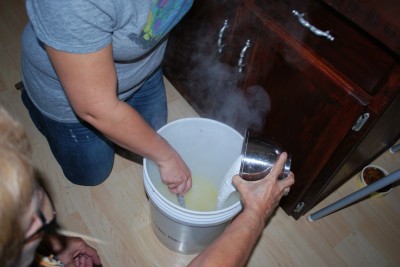
Pour your soap mixture into your big bucket. Add the dry mixture to the soap water and stir well until it starts to dissolve.
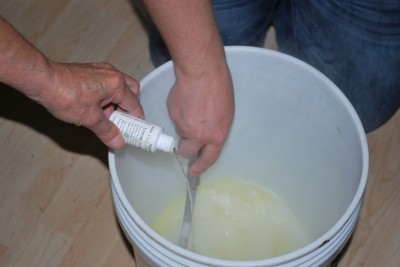
If you want your soap to smell all pretty and nice, then you can add ½ ounce of essential oil. They used Lemongrass Sage. It was delightful! I would love to smell like Lemongrass Sage all day……or Tootsie Rolls.
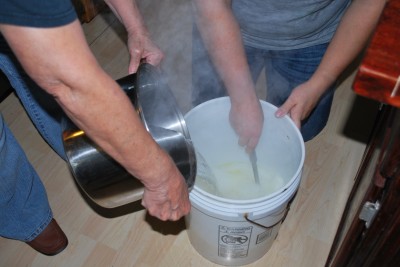
Oh, and I also should have told you to have a big pot of water simmering on the stove. When you’re done stirring your Borax and oil mixture then you can add this additional water. Stir until the dry ingredients are totally dissolved.
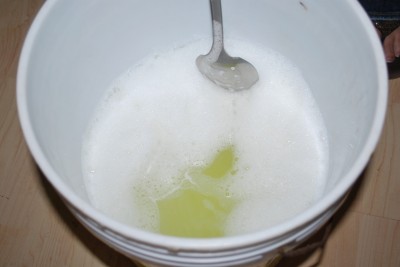
Now, top off your bucket – half full for this 5 gallon bucket – with warm water from the tap.

Ruth covered her bucket with Saran Wrap. But if your bucket has a lid, then you can do that. You’ll want to stir it a couple times over a 24 hour period – you won’t use it for 24 hours anyway.
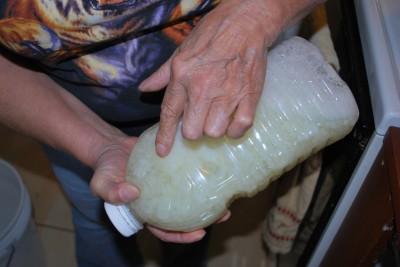
Now, Ruth says that this detergent is like soup – no two batches are the same. It could be that your detergent is really thick and chunky, like goop. Or it could be thick on top and thin on the bottom. That’s ok, because you’ll need to stir it each time before you use it. So, if you look at your detergent and think “this isn’t right” then congratulations! It’s right. Mine was terribly wrong because it had large chunks of soap that hadn’t dissolved and a large, LARGE layer of foam on top. I didn’t let my soap all melt. Don’t make my mistake. Don’t be stupid. Ruth says her detergent looks like snot. Yep, I’d agree with her. But guess what? It’s really pretty smelling snot!

Now, after Ruth and Rebecca let their detergent sit for 24 hours, they divide it into smaller containers like this. That allows them to shake the bottle to incorporate it all together instead of stirring like I’ll do in my large bucket. You could also use an old, empty laundry bottle….but Ruth said that didn’t really work for them. See how it separates? That’s why you have to shake/stir before each load of laundry. You’ll use 1/3 to ½ cup per load.
The cost difference for the liquid is about the same as for the dry version, about $.02-.05 per load….versus $.20+ for the store variations.
Like the dry version, this is also compatible with high-efficiency washers, easy on sensitive skin, and reportedly safe for cloth diapers.
Guess what? When I tried it the second time, it worked. Thanks Lord! I really didn’t want to make a million batches to get it right…….but I’ll probably use the dry version most of the time because of space issues.
Thank you Ruth and Rebecca for sharing your time with us and showing us how to be better home economists!
½ bar Fels Naptha, grated
1 cup Washing Soda
1 cup Borax



























